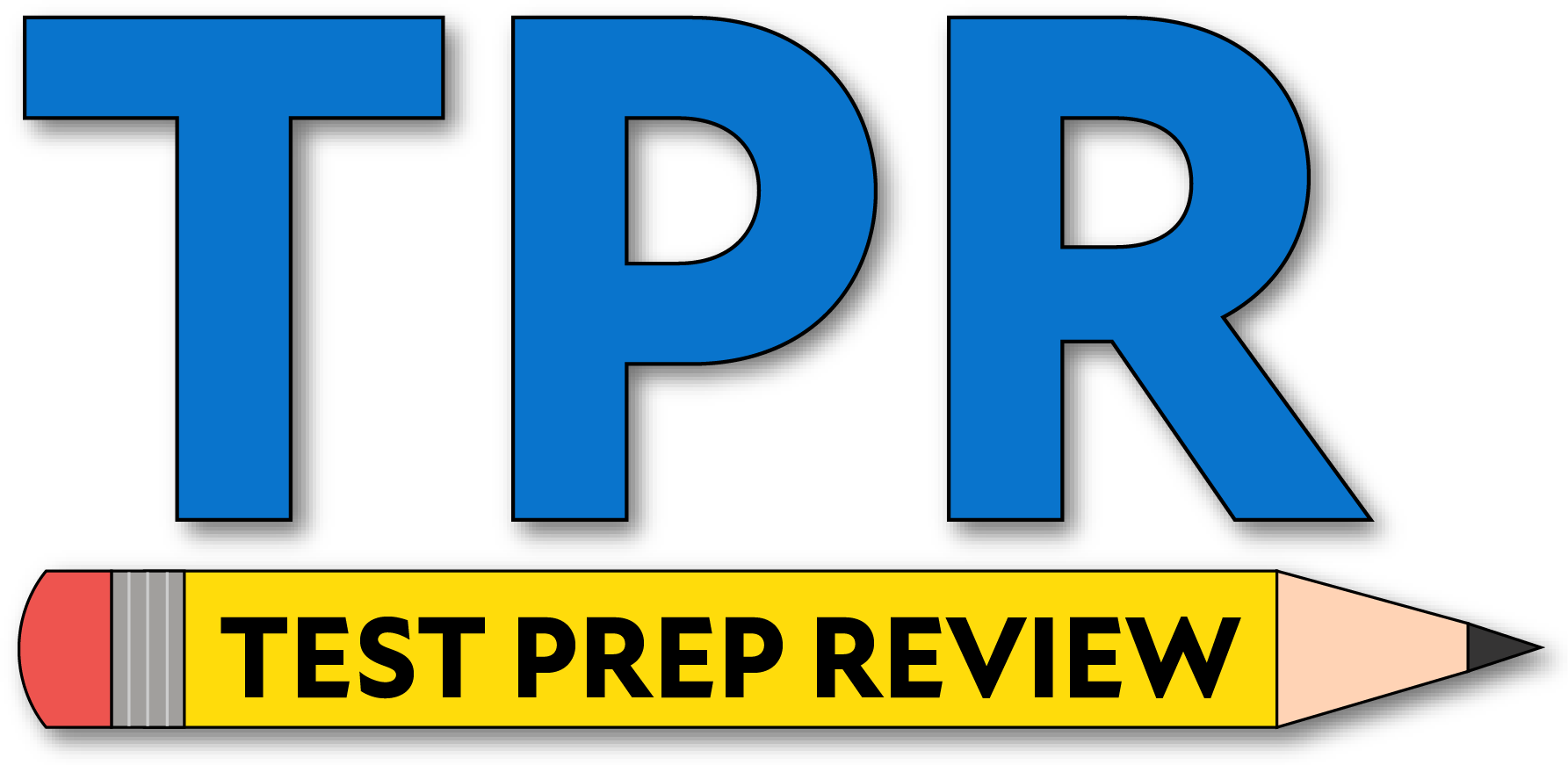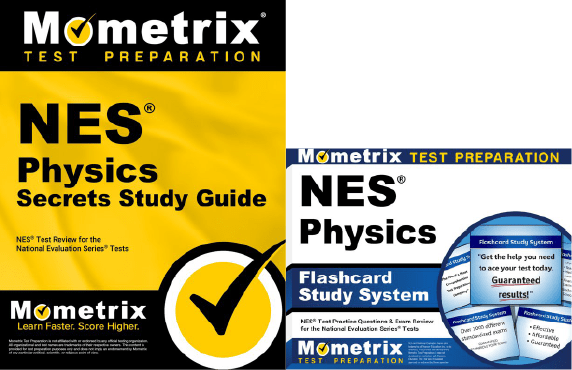If you need help studying for the NES Physics test or just want some more information about what the test is like, you’ve come to the right place!
Click below to take a free NES Physics practice test!
What’s on the Test?
The NES Physics exam contains 100 multiple-choice questions and two constructed-response questions, and you’ll be timed at 4 hours.
The test is split into six sections:
1. Matter an Its Interactions
11% of the exam
- The quantum mechanical model of the atom
- Radioactivity and the types, relative energies, and biological effects of ionizing radiation
- Basic nuclear reactions
- Nuclear physics
- Wave-particle duality in the context of its historical development
- Characteristics of the double-slit experiment
- Applications of quantum mechanics in modern technologies
- The theory of relativity
- How gravitational forces dominate over large distance scales but strong, weak, and electromagnetic forces dominate on much smaller distance scales
2. Motion and Stability: Forces and Interactions
17% of the exam
- Using vectors to represent directional quantities
- Interpreting multiple representations of the motion of an object in one dimension
- Solving problems involving displacement, velocity, time, and constant acceleration in one dimension
- Solving problems involving two-dimensional motion
- Determining the effects of forces on the motion of systems
- Vectors and trigonometry
- Mass and inertia with respect to Newton’s first law
- Solving problems involving motion and stability
- Applying Newton’s third law to physical situations
- The impulse-momentum theorem
- Linear momentum conservation in a closed and isolated system
- Angular displacement, angular velocity, and angular acceleration
- Rotational dynamics
3. Motion and Stability: Forces and Interactions in Fields and Circuits
23% of the exam
- Newton’s law of universal gravitation
- Comparing and contrasting Newton’s law of universal gravitation to Coulomb’s law
- Uniform circular motion, centripetal acceleration, and centripetal force
- Applications of Newton’s law of universal gravitation to motion in orbital systems described by Kepler’s laws
- The characteristics of electric charge
- Predicting the effects of attractive and repulsive electrostatic forces between charges using Coulomb’s law
- Methods by which objects can gain, lose, or redistribute charge
- The electric field concept
- Electric potential
- The behavior of electric charges in electric fields and in electric potentials
- The structure, properties, and characteristics of ferromagnetic materials at the macroscopic and microscopic scales
- The source and characteristics of magnetic fields produced by current-carrying conductors and moving charges
- The magnitude and direction of forces on current-carrying conductors and charged particles in magnetic fields
- How electric motors produce mechanical movement
- Lenz’s law and Faraday’s law of induction
- Conductivity, electric current, and electric circuit concepts
- Solving problems involving voltage, current, and resistance in DC circuits
- Interpreting schematics of series and parallel circuits and applying Kirchhoff’s laws to analyze the voltage, current, and resistance throughout a circuit
- Analyzing energy transformations in electric circuits and devices
4. Energy
12% of the exam
- Various forms of energy and transformations from one form to another
- Analyzing kinetic, gravitational potential, and elastic potential energy
- Solving problems involving rates of energy transfer and related applications
- Energy, temperature, and heat on the macroscopic and microscopic scales
- Analyzing energy transfers within closed and open systems
- Entropy and the second law of thermodynamics in a closed system
- Analyzing situations involving heat, temperature changes, thermal expansion, specific heat, latent heat, and phase changes
5. Waves and Their Applications in Technologies for Information Transfer
17% of the exam
- Simple harmonic motion
- The kinetic theory of matter
- Fundamental ideas of modern physics
- Fundamental principles of nuclear physics
- Types of waves and wave properties
- Analyzing the production, transmission, and properties of sound waves
- How technological devices use the principles of wave properties to transmit, transform, and capture energy and information
- Wave reflection and refraction at boundaries between different media
- Interactions involved in constructive and destructive interference, wave superposition, and the formation of standing waves
- Resonance, harmonics, and overtones in oscillating systems
- Wave diffraction, polarization, and the Doppler effect
- The production and propagation of electromagnetic waves
- Various regions within the electromagnetic spectrum
- Properties of visible light
- Strengths and limitations of the wave and particle models of light
- The effects of mirrors, lenses, and prisms on the behavior of light
6. Integration of Knowledge and Understanding
20% of the exam
- The first analysis will be about matter and its interactions, energy, or waves and their applications in technologies for information transfer.
- The second analysis will be about forces and interactions, emphasizing the application of science and engineering practices in a classroom setting.
How to Register
To get started with the registration process, you’ll need to create an NES account on their website. You can then register for the exam via your account.
The testing fee is $139.
How the Exam is Scored
The exam is scored using a scaled scoring method. Here’s how it works:
For every question you answer correctly, you get one point added to your raw score. At the end of the test, your final raw score will be converted to a scaled score. This scaled score will range somewhere between 100 and 300.
The reason your raw score is converted to a scaled score is because everyone that takes the test is given a slightly different set of questions. Since everyone has a different arrangement of questions, and because some questions are harder than others, converting your raw score to a scaled score ensures a more even playing field.
FAQs
How many questions are on the NES Physics exam?
The exam contains 102 questions.
What is the time limit for the NES Physics exam?
The exam is timed at 4 hours.
What is the passing score for the NES Physics exam?
You’ll need to get a final score of at least 240 to pass the exam.
How much does the NES Physics exam cost?
The testing fee is $139.
Mometrix Test Preparation is not affiliated with or endorsed by any official testing organization. All organizational and test names are trademarks of their respective owners.



 NES Study Guide
NES Study Guide NES Flashcards
NES Flashcards